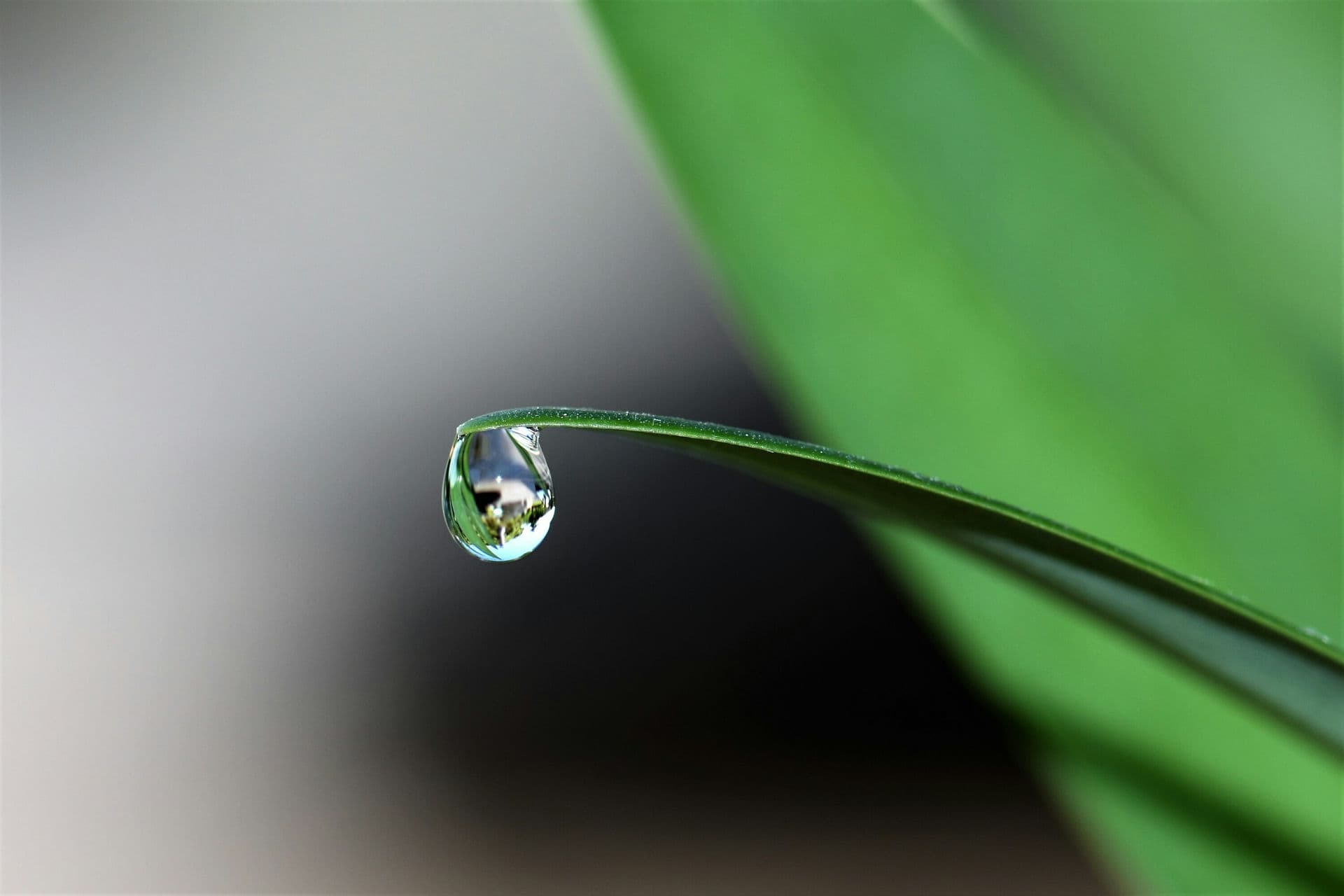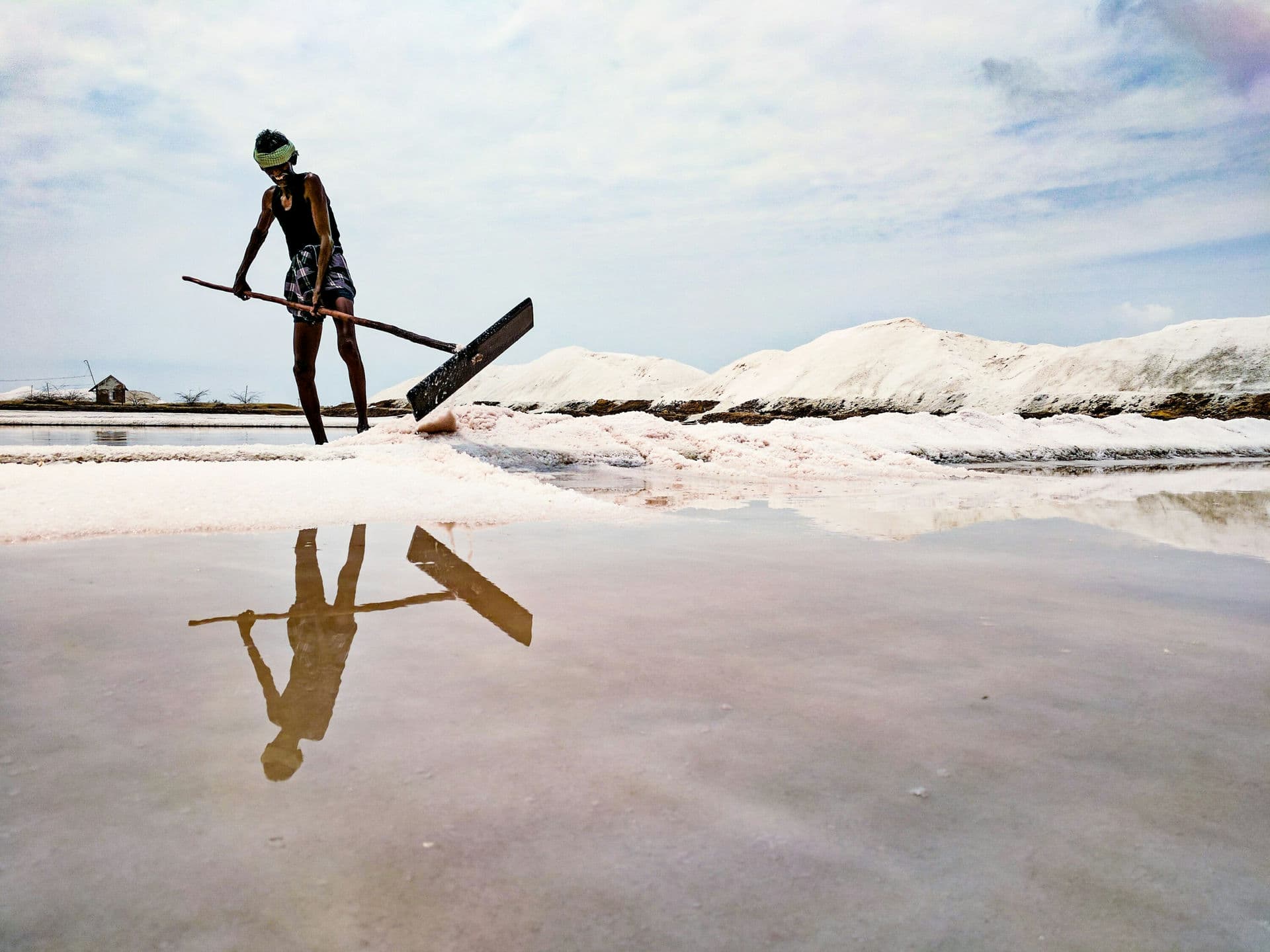As the world faces an increasing number of drought conditions, it is more important than ever to find ways to use water resources wisely. One way to do this is by recycling wastewater. Wastewater can be used for a variety of purposes, such as irrigation, cooling, and even drinking in some cases. This blog post will discuss how recycled wastewater can help address drought conditions. We will also look at other ways to use water resources wisely during times of drought.
Although a minority, some wastewater in France is reused. This process lags significantly behind that of our Spanish and Italian neighbors, who recycle 14 and 8% of their resources respectively.
How does recycling work for this dirty water? Before being discharged into the natural environment, wastewater is disinfected and depolluted. It then sinks back into the water table, which cleans it. The water is finally put back in circulation, but this takes time. The situation is urgent because the level of the water tables continues to fall. The idea is to treat the wastewater and then recycle it right away. There is, however, a disadvantage: because of biological dangers, the treatment systems do not enable this water to be drinkable at once.
We should therefore reserve wastewater for other uses, such as watering gardens, or flushing toilets. This requires us to review our relationship with water and our infrastructures.
One way to recycle wastewater is by using it for irrigation. This can be done by using a greywater system, which will collect and store wastewater from things like showers and laundry. The water can then be used to water plants and lawns. Another way to recycle wastewater is by using it for cooling. This can be done by using evaporative cooling towers, which use the evaporation of water to cool air. The cooled air can then be used in buildings or homes. Finally, some people may choose to drink recycled wastewater. This is called direct potable reuse, and it involves treating wastewater with ultraviolet treatment so that it meets strict drinking water standards.
There are a number of ways to recycle wastewater. It is crucial to find the right method for your home so that you can drought-proof your property effectively. Another way to deal with the drought is to collect rainwater.
 In drought-prone areas, it is important to collect rainwater. This can be done by using a rain barrel or a cistern. A rain barrel is a small container that collects water from a downspout. A cistern is a larger container that can collect water from multiple downspouts. Collecting rainwater can help reduce the amount of water that you use from your municipality and can also help drought-proof your property.
In drought-prone areas, it is important to collect rainwater. This can be done by using a rain barrel or a cistern. A rain barrel is a small container that collects water from a downspout. A cistern is a larger container that can collect water from multiple downspouts. Collecting rainwater can help reduce the amount of water that you use from your municipality and can also help drought-proof your property.
When collecting rainwater, it is important to make sure that your barrels or cisterns are clean and free of debris. It is also crucial to cover the barrels or cisterns so mosquitoes cannot lay eggs in the water. Finally, you will need to treat the water before using it. This can be done by boiling the water or using water treatment tablets.
Rainwater can also be recycled for other uses such as flushing toilets or watering gardens. This water is called "grey water". Greywater systems collect and store wastewater from things like laundry. The water can then be used to water plants and lawns.
 The drought has also led to water shortages in many parts of the world. One way to address this issue is by desalinating seawater. Desalination is the process of removing salt and other minerals from water. This can be done using a reverse osmosis system, which forces water through a membrane to remove salt and other impurities.
The drought has also led to water shortages in many parts of the world. One way to address this issue is by desalinating seawater. Desalination is the process of removing salt and other minerals from water. This can be done using a reverse osmosis system, which forces water through a membrane to remove salt and other impurities.
Reverse osmosis systems are typically used in areas where there is a lot of salt in the water, such as near the ocean. However, they can also be used to treat fresh water that has been contaminated with salt. This is important because it can help provide clean drinking water for people who live in drought-prone areas.
Desalination is a costly process, but it is becoming more affordable as technology improves. There are a number of companies that offer desalination services, and many municipalities are considering investing in desalination plants.
Desalination is not a perfect solution, but it is one way to address the water shortages caused by drought. It is important to find the right solution for your community so that you can drought-proof your property effectively.
Drought is a major problem that is affecting many parts of the world. It is essential to find ways to drought-proof your property to protect your home and your family. There are a number of ways to do this, including recycling wastewater, collecting rainwater, and desalinating seawater. It is essential to find the right solution for your community so that you can drought-proof your property effectively. If you want to use your wastewater for garden irrigation, contact us now! A BIOROCK expert will propose the right solution for your property.